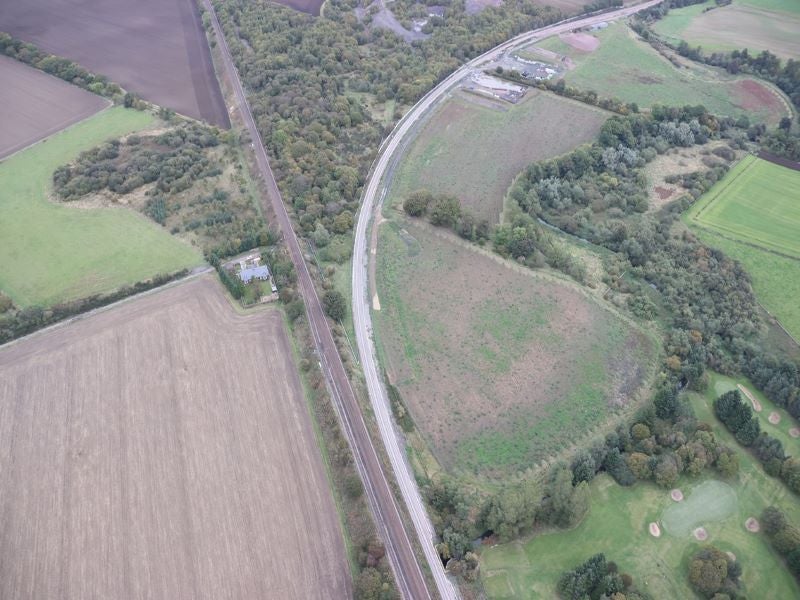
UK-based Network Rail has commenced piling work for the electrification of the Levenmouth Rail Link in Fife, Scotland.
Under the first phase of work between Thornton Junction and Haugh Mill Lade, the project pile foundations for masts to carry overhead wires readied for the launch of electric trains.
The piles’ installation works will start on 24 October and continue for three weeks, which will cover the insertion of the first piles at the west of the rail corridor.
To work in tandem with other activities on the project such as work on bridges and track laying, further piling along the Levenmouth rail corridor will be programmed by Network Rail.
Electrification of the line to Leven is part of the Scottish Government’s initiative to decarbonise passenger services on the network by 2035.
Work on the Levenmouth Rail Link is anticipated to be completed in spring 2024, with the initial services expected to be delivered by diesel trains.
Furthermore, the line will be future-proofed to facilitate the launch of battery electric multiple units (BEMUs) for the replacement of life-expired diesel units.
The diesel trains will be eliminated after the completion of the Fife electrification project.
Commenting on the development, the project earthworks and structures lead Sean Clemie said: “The first piles going into the ground in the Thornton area is big for the project but also an important milestone for the wider aspirations to decarbonise the railway across Fife.
“With the first mile of the Leven branch already operational railway, we can use this to move the track-based piling rig to each location to sink the foundations and then insert the masts that will ultimately carry the overhead wires that will power the railway.”



